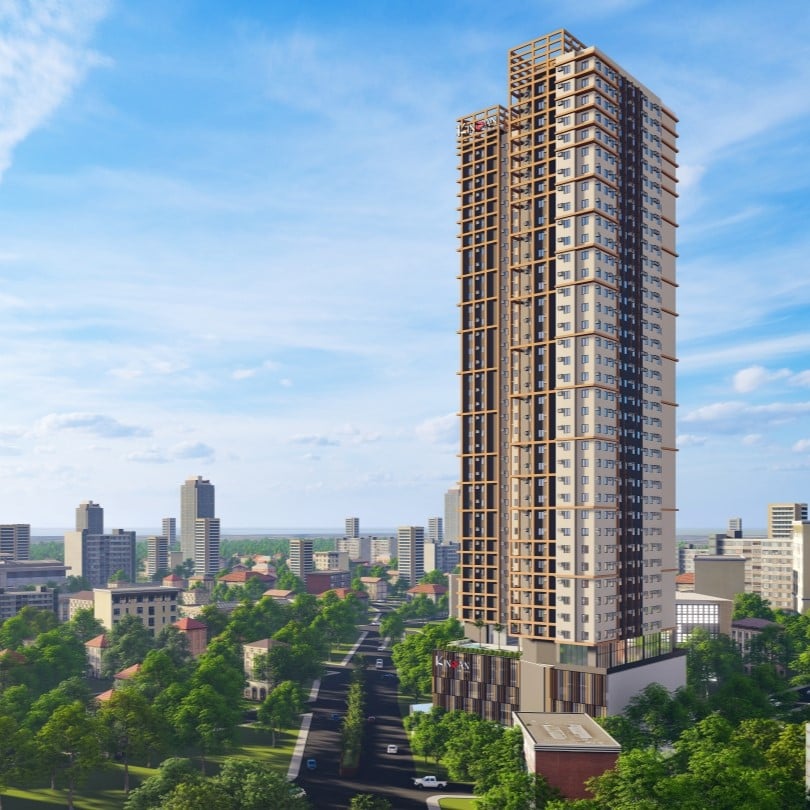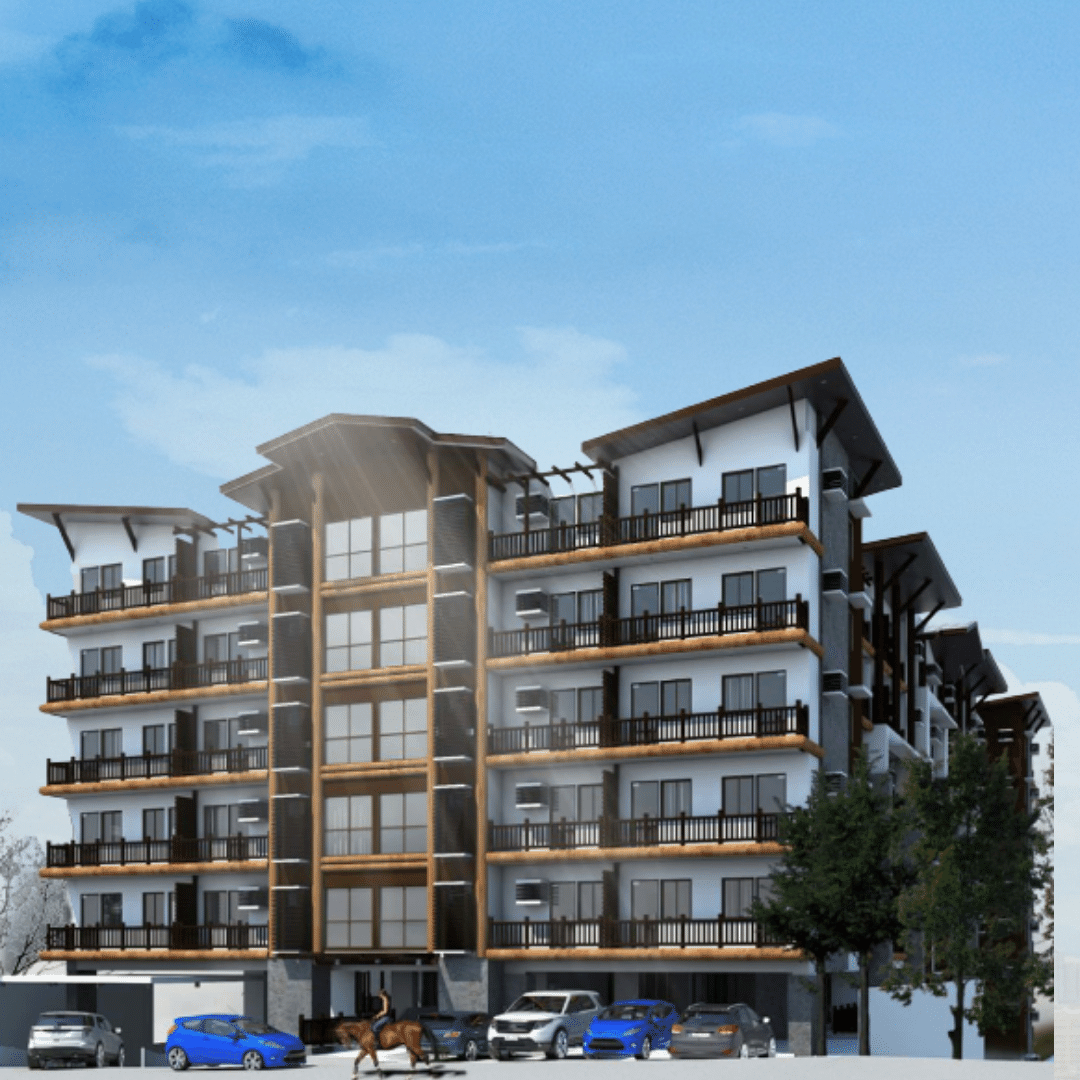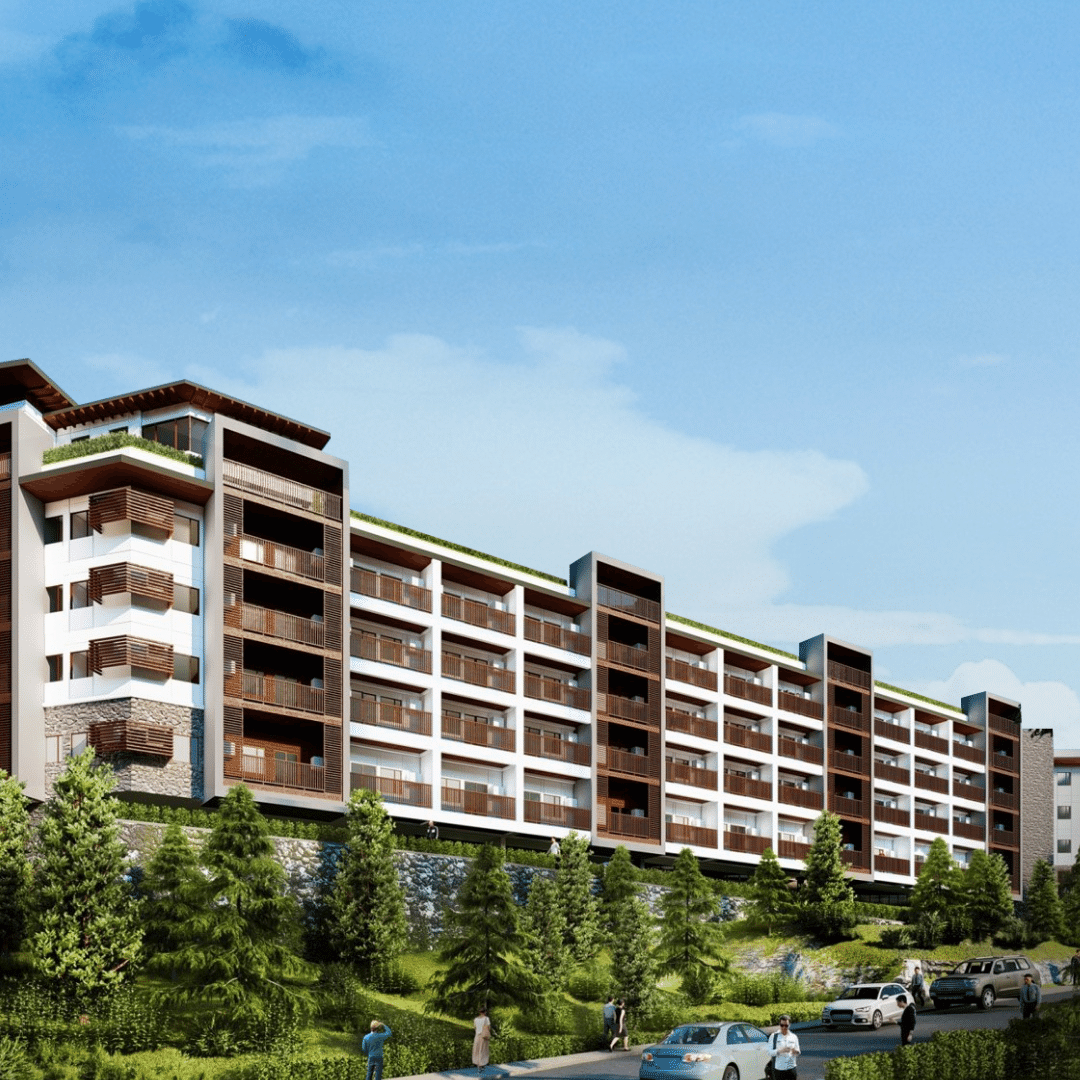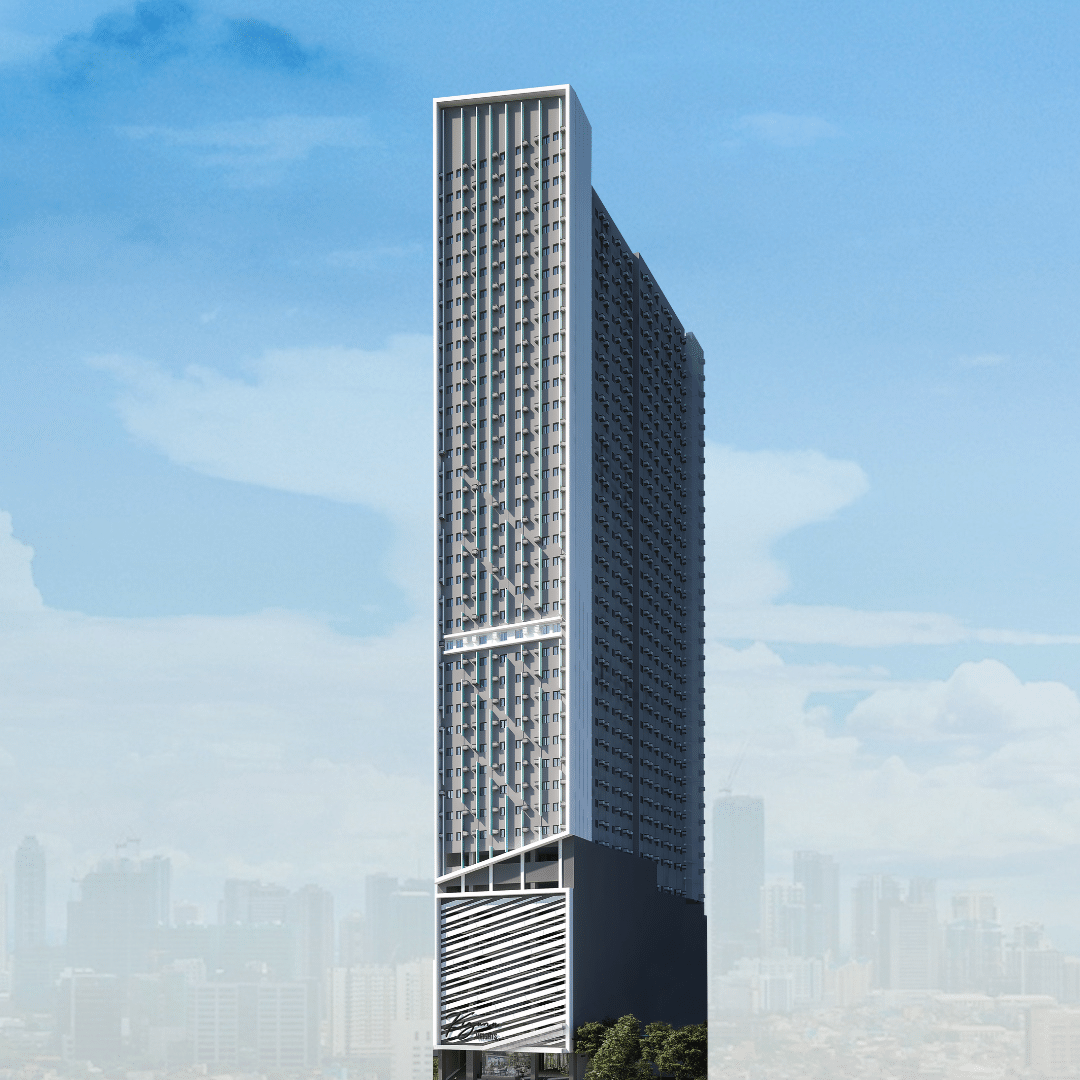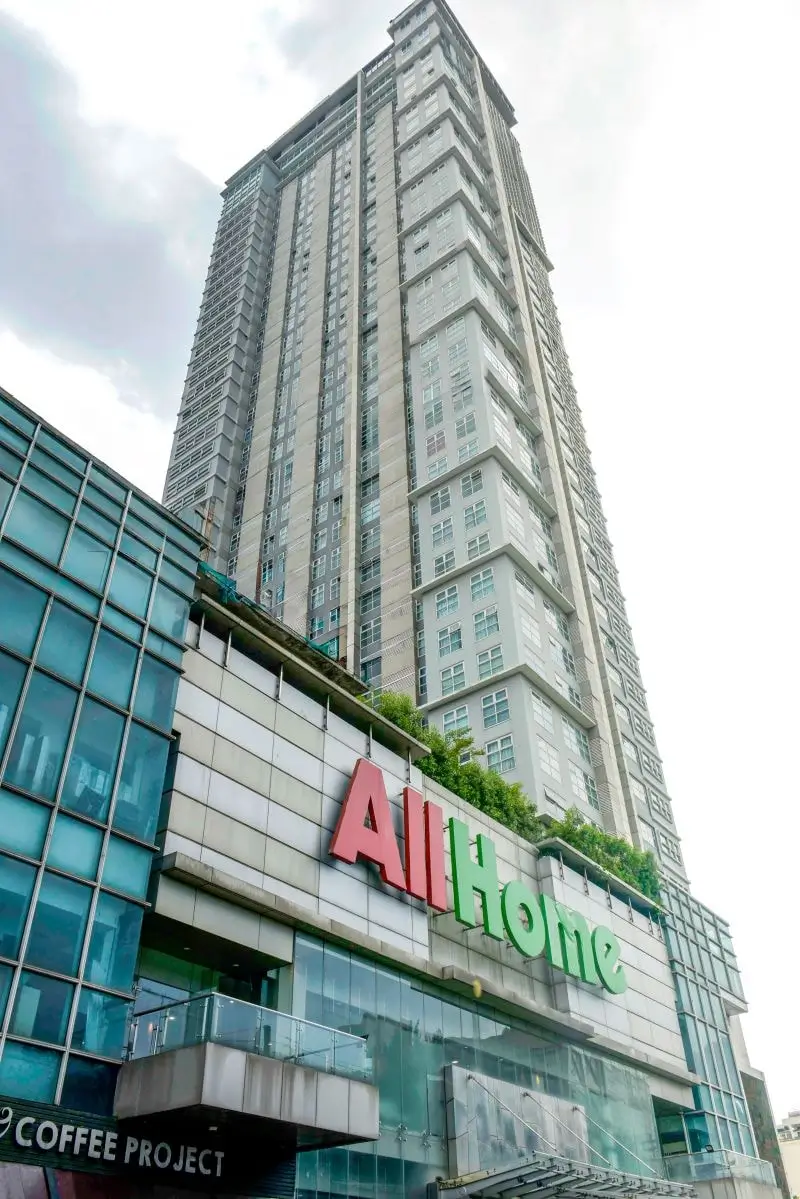Amid the COVID-19 pandemic, countries like the United States and the United Kingdom have been experiencing what can only be described as a housing bubble.
Housing Bubble Meaning: A housing bubble occurs when real estate demand outpaces supply, causing the average price of properties for sale to rise – often at a high or alarming rate. What's more, the phenomenon can also impact home buyers and sellers when it occurs, as they consider whether now is a good time to buy or sell a house. Causes of the housing bubble include a variety of factors including rising economic prosperity, low-interest rates, wider mortgage product offerings, and easy to access credit. Forces that make a housing bubble pop include a downturn in the economy, a rise in interest rates, as well as a drop in demand.
In the US, house prices have risen at their fastest pace since 2006, while the UK has seen a 10.2-percent increase, the fastest annual rate since the mid-2000s. Many markets across Europe and Australia are also showing these same patterns, which leads one to ask: why is there a housing boom in the West and how can one be encouraged in our own region?
Philippine Statistics Authority (PSA) data, ING Bank Manila cited the pick-up in construction activities in the second quarter of 2021 compared to last year.
This reflects pent-up permits as construction activity was finally allowed to resume in some parts and on a staggered and limited basis, noting the impact of the movement restrictions by the government to address the rise of coronavirus disease 2019 (Covid-19) infections since last year.
The PSA reported the total number of constructions rose by 114.1 percent year-on-year in the second quarter of this year.
For one, residential-related constructions expanded by 102.8 percent, mostly contributed by those in areas outside the National Capital Region (NCR).
Real estate constructions in the Cavite, Laguna, Batangas, Rizal, and Quezon (Calabarzon) registered the highest number with 9,773 or 25.5 percent of the total for the period.
This trend suggests that the Philippines is also experiencing the global phenomenon of migration from the urban centers to the areas outside the city with Filipinos in search of more space. After being locked down in the city for more than a year, it’s no surprise that there is now a natural and healthy demand for property and homes outside the city.
RREPI measures the average change in the prices of various housing unit types based on real estate loans extended by banks.
It is used to gauge the real estate and credit market conditions in the domestic economy.
The trend of increased residential-related constructions in the provinces is expected to boost developments outside of the national capital "as the Philippines hopes to undergo some form of deurbanization.”
However, despite the rise in building permits issuance, signs of a housing bubble in the Philippines have yet to manifest in a palpable manner.
BSP’s RREPI remains negative and previously frothy condominium prices appear to have been deflated by the pandemic. Meanwhile, rental inflation has continued to slow and settled at 1.1 percent in August.
Based on the first quarter of 2021 RREPI, residential real estate prices of various types of new housing units contracted by 4.2 percent year-on-year, and by 1.6 percent quarter-on-quarter due to lower demand on account of the pandemic. (PNA)
Here are the eight reasons why the Philippines is not in fact experiencing a real estate or housing bubble
1. There is a shortage of housing
In contrast to the supposed oversupply of housing units, the Philippines has an acute housing backlog in the affordable segment—3.9 million housing units to be exact (according to Professor Enrique Soriano III of Ateneo de Manila University Graduate School of Business).
This same observation is shared by 8990 Holdings President and CEO, Januario Jesus Gregorio Atencio III, who said that there will always be a demand—growing at three to five percent per year—for affordable housing in the Philippines. He claims the country has a young and growing population whose purchasing power is gradually increasing. Data show that between 2012 and 2013, less than 500,000 low- and medium-cost housing were built, which barely represents eight percent of the current backlog.
2. Buyers are end-users
Residential real estate activity in the Philippines is still dictated by a market of end-users—people who are buying houses not as investments but for the purpose of living. This is especially true in the overseas Filipino workers (OFW) market. In fact, a big chunk of OFW-remitted money is being spent on real estate. Many of these families are planning to be homeowners in the near future, thereby creating real demand for residential real estate in the Philippines.
3. Mortgage rates are still high
Mortgage lending rates in the Philippines currently lie at six to seven percent and are far from being cheap. These rates will not make borrowing for housing very easy. This is a deterrent to speculative investing—the purchase of a real estate in the hope of making big bucks from capital value appreciation in the short term. Many say that this is one of the main factors that prompt the formation of a real estate bubble
4. Metro Manila has a strong leasing market
Buoyed by the demand from Metro Manila’s huge ex-pat population, leasing activities in Metro Manila’s high-end residential market remain healthy, as stated by Claro Cordero, Jones Lang LaSalle’s Head of Research and Valuation. Looking closely, one can see that market conditions in this segment are largely dictated by location. Premium locations are still very bullish, while we’re seeing healthy demand from the growing middle class for Metro Manila’s secondary locations.
5. Speculative purchases are not as significant
As mentioned previously, speculative investing is not as huge in the Philippines, compared to other markets, such as Hong Kong, Singapore, and China. In these markets, speculators—buyers of properties who are only after capital growth—have driven property prices to levels beyond the reach of home buyers. According to Colliers International, the average price of a luxury, three-bedroom condo in the Makati central business district rose by 13.4 percent from the previous year. This rate, though impressive, hardly indicates an asset price bubble.
6. Regulators are cautious
To ensure economic stability, lending activities in the Philippines remain subdued. The previously mentioned financial crisis has led to more conscientious behavior in the industry. Congress additionally passed the Special Purpose Vehicle Act of 2002 to help banks eliminate non-performing assets and clean up their balance sheets.
Philippine banks now make sure to check home mortgage loan applications more closely to weed out unqualified borrowers. Processes are strict, which has paid off royally, especially during the global crisis of 2000.
In addition, the BSP introduced measures to monitor the real estate sector. These measures range from ordering banks to report loans they give out to developers and their investments in securities to finance real-estate activities and their overall exposure to the property sector.
For more information on Vista Residences, email [email protected], follow @VistaResidencesOfficial on Facebook, Twitter, Instagram, and YouTube, or call the Marketing Office at 0999 886 4262 / 0917 582 5167.

